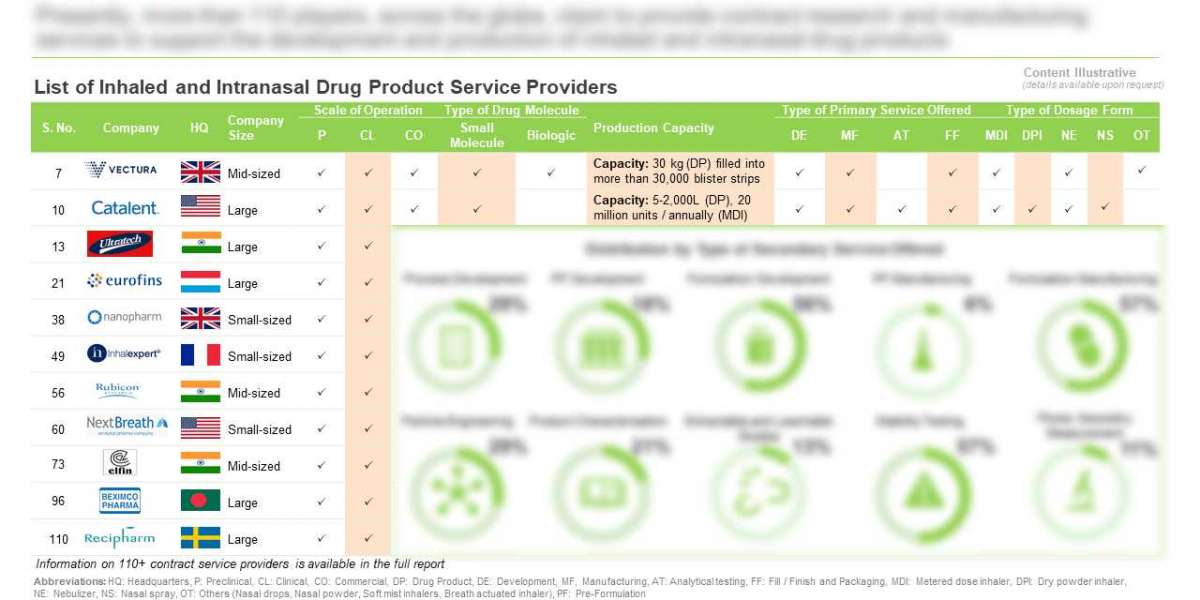In the competitive landscape of business-to-business (B2B) marketing, the conversion rate holds paramount importance. It's the metric that indicates how effectively you're turning prospects into customers. As the digital realm continues to evolve, mastering B2B conversion rate optimization (CRO) becomes indispensable for sustainable growth. In this comprehensive guide, we'll delve into the intricacies of B2B CRO, providing actionable insights to enhance your strategies and elevate your business success.
Understanding B2B Conversion Rate Optimization
Defining B2B CRO
- B2B conversion rate optimization refers to the systematic process of increasing the percentage of website visitors who take the desired action, such as filling out a form, downloading a resource, or making a purchase, within a B2B context.
- Unlike B2C CRO, B2B CRO typically involves longer sales cycles, multiple decision-makers, and complex purchasing processes.
Key Components of B2B CRO
Targeted Audience Identification:
- Identify your ideal B2B audience based on demographics, firmographics, and behavioral patterns.
- Create detailed buyer personas to understand the needs, pain points, and motivations of your target audience segments.
Optimized Landing Pages:
- Design landing pages with clear value propositions, compelling headlines, and persuasive call-to-action (CTA) buttons.
- Ensure alignment between ad messaging and landing page content to minimize bounce rates and maximize conversions.
Streamlined Conversion Funnel:
- Map out the B2B conversion funnel, including awareness, consideration, and decision stages.
- Optimize each stage of the funnel by addressing specific pain points and providing relevant content assets.
Data-Driven Decision Making:
- Leverage analytics tools to track and analyze key performance indicators (KPIs) such as conversion rate, bounce rate, and average session duration.
- Use A/B testing to experiment with different elements of your website and marketing campaigns to identify high-performing variants.
Best Practices for B2B Conversion Rate Optimization
- Personalization: Tailor your messaging and content offerings based on the unique needs and preferences of your B2B audience segments.
- Responsive Design: Ensure your website is optimized for seamless user experience across various devices, including desktops, tablets, and smartphones.
- Social Proof: Incorporate customer testimonials, case studies, and industry awards to build credibility and trust with potential B2B buyers.
- Clear Value Proposition: Communicate the unique value proposition of your products or services prominently on your website and marketing collateral.
- Continuous Improvement: Adopt a culture of continuous optimization by regularly monitoring performance metrics and iterating on your B2B CRO strategies.
FAQs About B2B Conversion Rate Optimization
Q: How can I determine the effectiveness of my B2B conversion rate optimization efforts? A: You can measure the effectiveness of your B2B CRO efforts by tracking KPIs such as conversion rate, lead-to-customer ratio, and return on investment (ROI). Additionally, conducting user surveys and analyzing qualitative feedback can provide insights into areas for improvement.
Q: What are some common pitfalls to avoid in B2B conversion rate optimization? A: Common pitfalls in B2B CRO include neglecting to segment your audience, failing to prioritize mobile optimization, and overlooking the importance of persuasive copywriting. It's essential to conduct thorough research and testing to identify and address these potential issues.
Q: How long does it take to see results from B2B conversion rate optimization efforts? A: The timeline for seeing results from B2B CRO efforts can vary depending on factors such as website traffic volume, industry competitiveness, and the complexity of your sales process. While some optimizations may yield immediate improvements, significant gains often require ongoing refinement and experimentation over time.
Conclusion
B2B conversion rate optimization is a multifaceted discipline that requires a strategic approach, continuous experimentation, and a deep understanding of your target audience. By implementing the best practices outlined in this guide and leveraging data-driven insights, you can unlock the full potential of your B2B marketing efforts and drive sustainable business growth. Remember, optimizing for conversions is not a one-time task but an ongoing journey towards maximizing the value delivered to your customers and achieving your business objectives.



